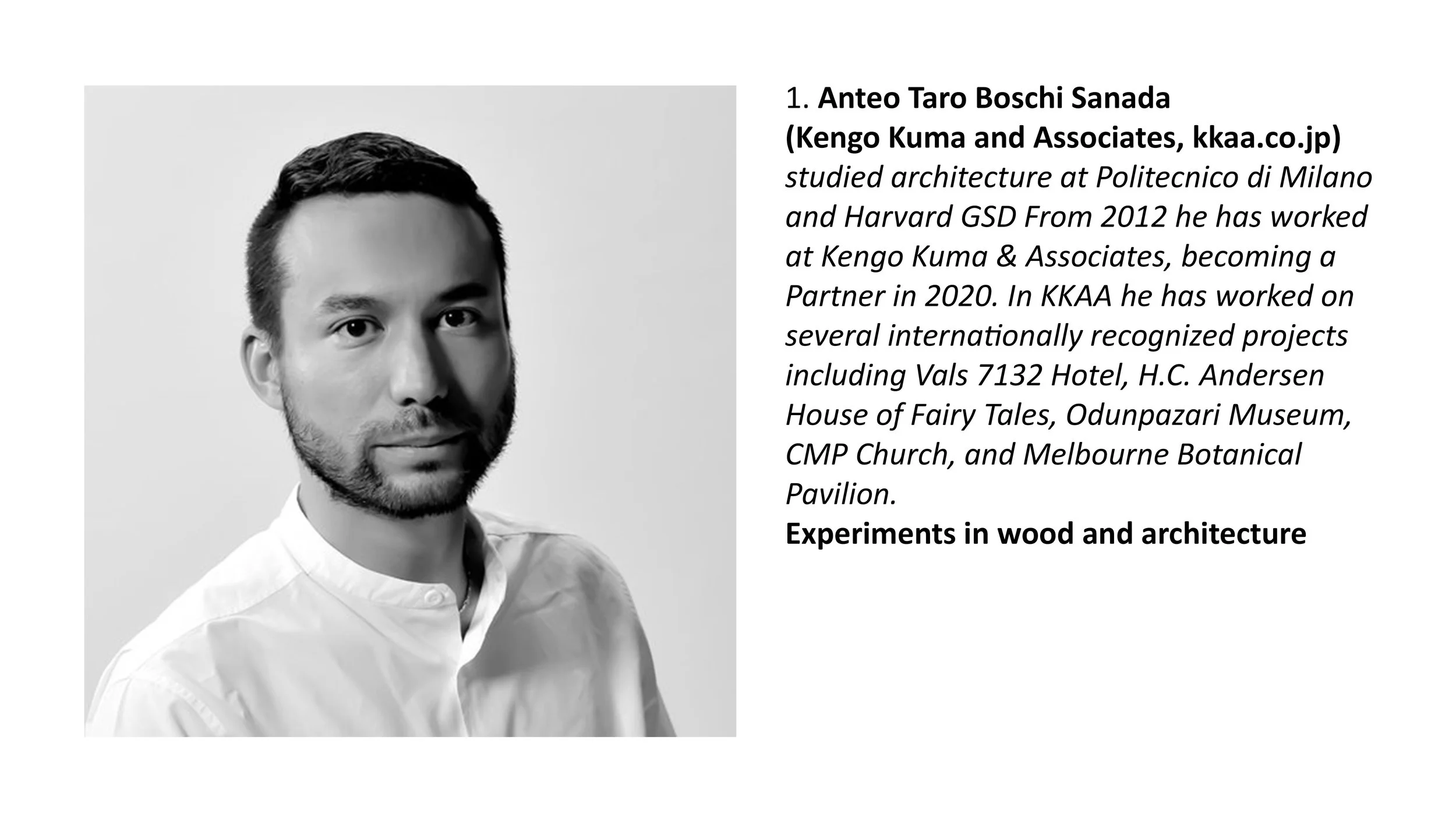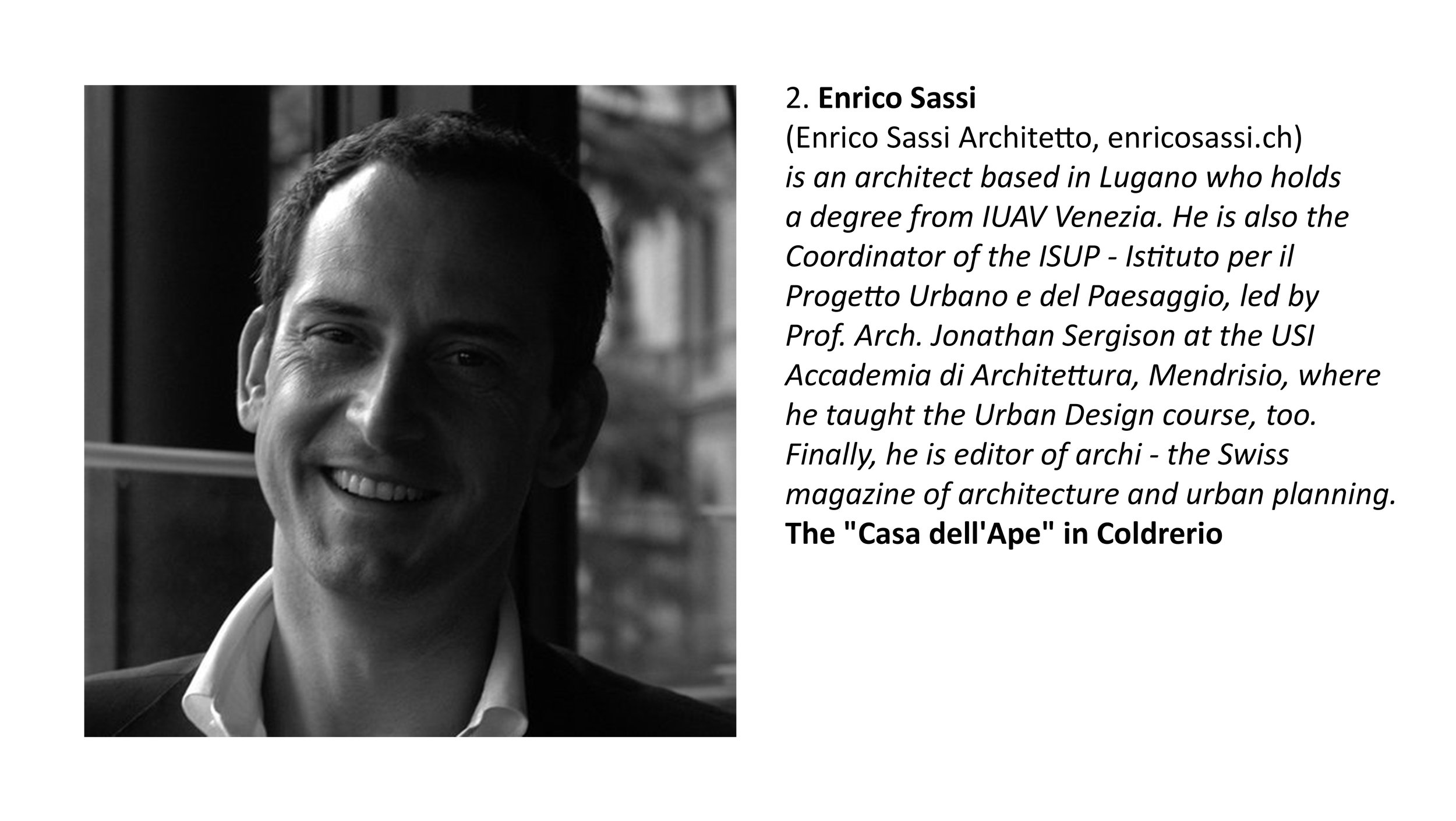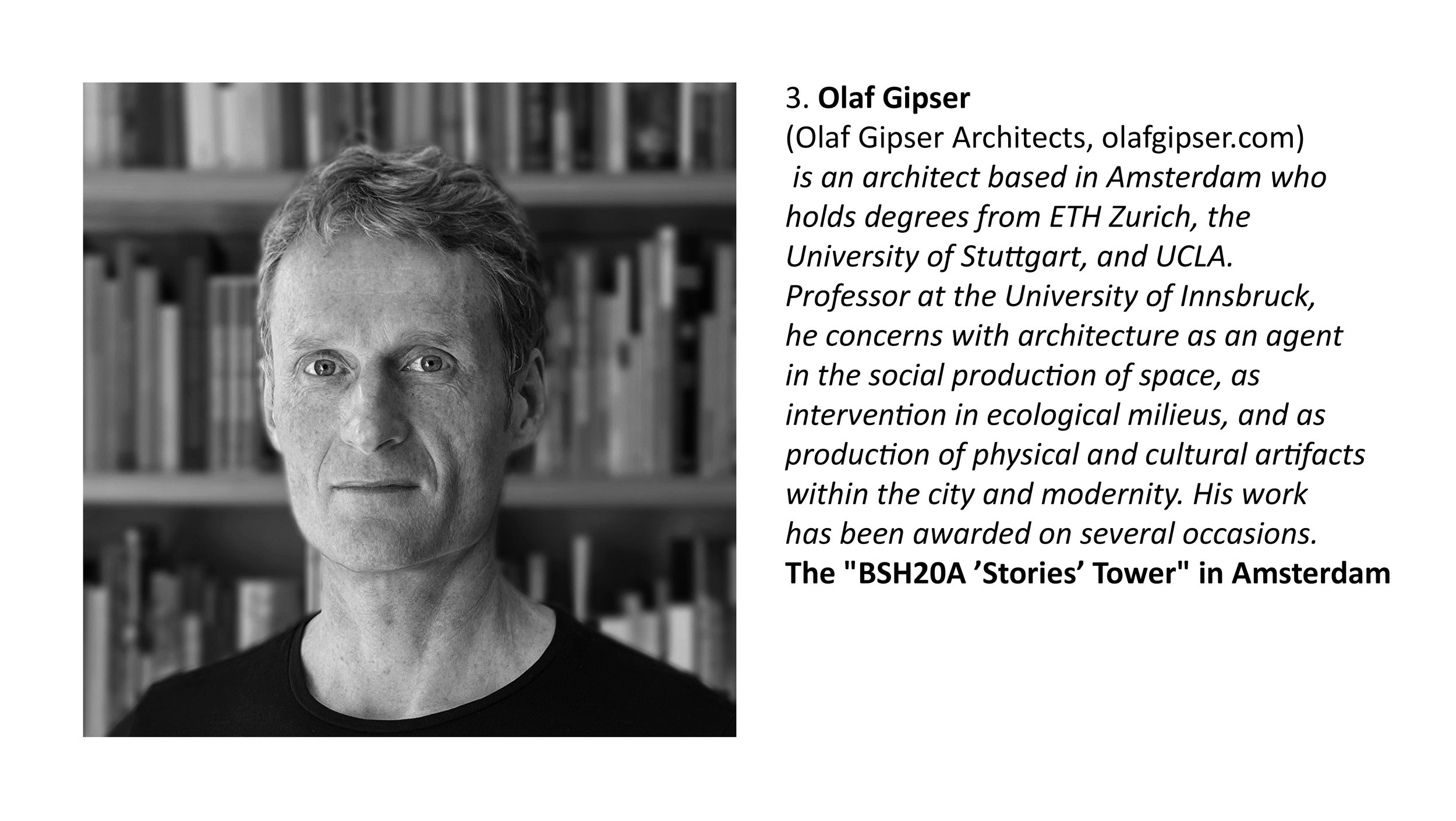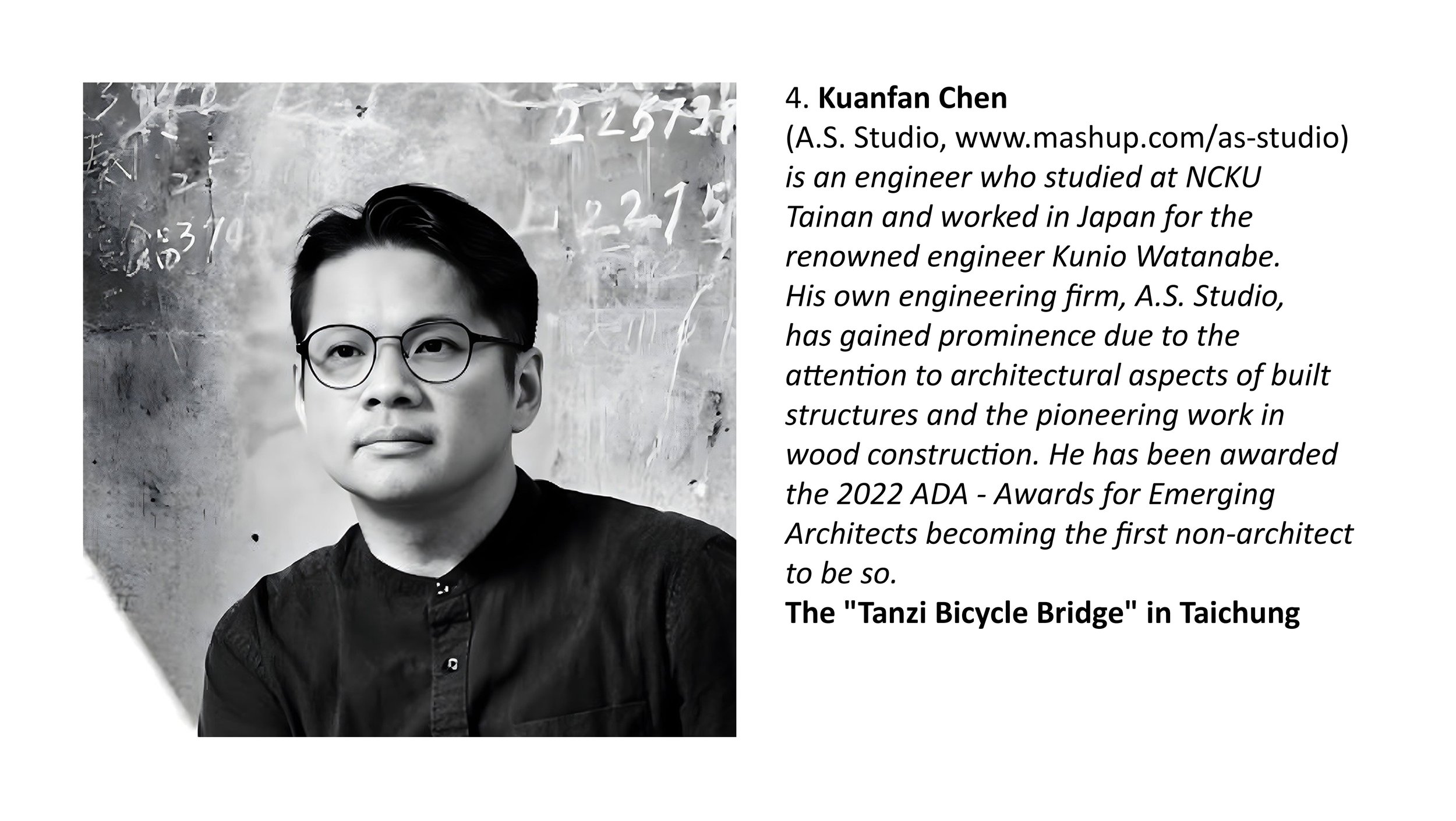Catch up: Enter Third Nature Webinar
If you missed the Enter Third Nature Webinar you can now catch up on our YouTube Channel
Enter Third Nature: A few stories about the return of wood and nature in architecture
Landscape is not an aesthetic concept only, nor is it about plants and flowers only. It is about acknowledging how humans and nature are intertwined in ways that span the opposite extremes of metabolic and cultural exchanges. Landscape architects have the duty to be aware of this and evade all strict disciplinary definitions. Not by chance, academically speaking, landscape architecture is interdisciplinary in essence.
Thus, although architecture as such is not a matter for landscape architects, knowing what is going on in the field is important. Actually, today, it is crucial. In light of all the pressing sustainability challenges, we are increasingly aware that buildings cannot be understood in isolation from the environment. Starting from materiality, then passing through construction and maintenance, buildings and landscape are intimately linked.
Recently, we are witnessing unique transformations in an attempt to balance back the currently unsustainable relationship between the two. Wood -a key landscape material under a certain point of view- is at the center of all the happenings. Buildings are heavy polluters and account for about 40% of global greenhouse gas emissions. Construction alone represents 10% of this, most of which results from the materials used. While making cement and steel greener is a priority, wood is not only less harmful to the environment; it can also generate a positive environmental impact. It is the only truly renewable building material. Compared to steel and concrete, it has a positive carbon footprint across the design and construction phases, throughout its lifetime, and at end-of-life. Moreover, thanks to the novel construction technologies, it can provide a better strength-to-weight ratio and thus require less energy during construction.
Although not the most economical and burdened by a messy regulatory environment, wood is making quite a comeback in a resource-strapped world with a growing environmental consciousness, where lingering consumer fears and prejudices are slowly dismantled by experimental best practices. These engage wood as much as new ways to live in and with the landscape.
The webinar collects a series of these with the aim to unveils the new trend and thus offer suggestions on how landscape architects might get progressiely involved developing buildings and much more sophisticated and sustainable relations between humans and nature.






